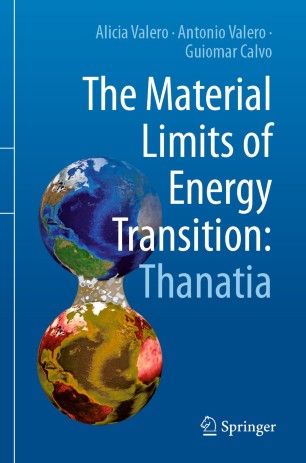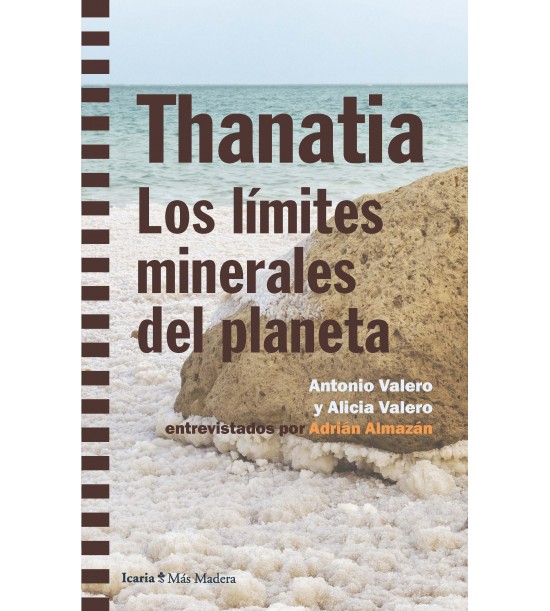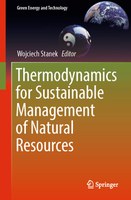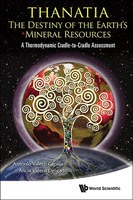Exergy as an indicator for resource consumption
The Exergy of natural resources
The natural capital can be evaluated from different points of view. One of them, and perhaps the most commonly known is the economic point of view. Nevertheless, standard economy is only concerned with what which being directly useful to man, is also acquirable, valuable and produce-able. For this reason, most of the natural resources, remain outside the object of analysis of the economic system. The price-fixing mechanisms, rarely take into account the concrete physical characteristics which make them valuable.
But natural capital has at least two physical features which make minerals or fresh water for example unusual: a particular composition which differentiates them from the surrounding environment, and a distribution which places them in a specific concentration. These intrinsic properties, can be in fact evaluated from a thermodynamic point of view in terms of exergy (Valero et. al. 2003 , Göran Wall 2003).
The thermodynamic value of a natural resource could be defined as the minimum work necessary to produce it with a specific structure and concentration from common materials in the environment. This minimum amount of work is theoretical by definition and is equal to the material's exergy (Riekert 1974).
Exergoecology (Valero 1998) is starting to be considered as a future rigorous tool for natural resources accounting. Exergoecology is the application of the exergy analysis in the evaluation of natural fluxes and resources on earth. The consumption of natural resources implies destruction of organized systems and dispersion, which is in fact generation of entropy or exergy destruction. This is why the exergy analysis can describe perfectly the degradation of natural capital. Other authors such as Georgescu-Roegen (Georgescu 1971) or Ruth (Ruth 1993) have also studied and showed up the connection between economic scarcity and the entropy law. Two distinct branches from Exergoecology have been developed thus far: Physical Geonomics, focused on mineral resource assessment and Physical Hydronomics, focused on water assessment.

Physical Geonomics: The Exergy of the Mineral Capital
The decrease of mineral capital comes from two interrelated factors. The first and more evident one is that as demand increases, more mineral has to be extracted from the mine and hence the total available quantity decreases. The second one is that continuous extraction implies declining ore grades, meaning higher quantities of ore needed to be processed and thus more energy. The work needed to separate a substance from a mixture does not follow a linear behavior with its concentration. On the contrary, the Second Law of thermodynamics dictates that the effort required to separate the mineral from the mine follows a negative logarithmic pattern with its ore grade.
This means that as the ore grade tends to zero, the energy needed to extract the mineral tends to infinity. Therefore dispersion, which is not considered in resource evaluations in terms of mass, is a critical factor since it will ultimately determine the value of the mineral exploitation. Furthermore, it invalidates the statement of Brooks and Andrews that running out of minerals is ridiculous because the entire planet is composed of minerals.
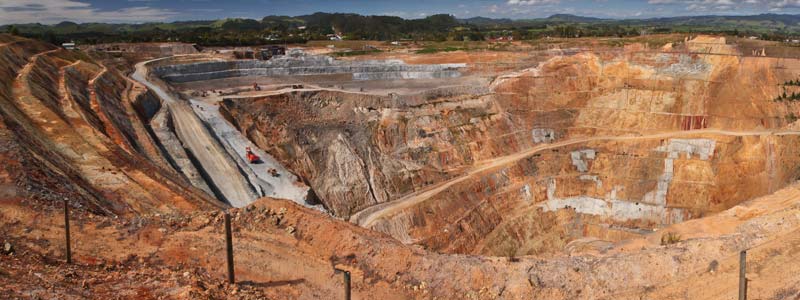

Exergy derived indicators for mineral resource assessment are the Exergy Replacement Costs and the Thermodynamic Rarity concept, which have been used amongst others, to evaluate the mineral loss of a nation, the peak of world mineral resources or the sustainability of technological equipment because of the use of critical minerals.
This methodology has been already applied for assessing the exergy decrease of US copper mines in the US (download document).
Find more details under the following links:
- Valero D. , Valero and Arauzo 2006
- Valero D., Valero and Martínez 2005
- Valero, Ranz and Botero 2002
- Valero, and Valero 2014.
Physical Hydronomics: The Exergy of Water
The water cycle is governed by the Thermodynamic laws. Therefore Thermodynamics and more specifically Exergoecology, could help to build a solid cost structure based strictly on Physics and far removed from price policies or subjectivities.
Any type of degradation of water bodies along their rivers, lakes, etc. could then be quantified. Moreover, the physical information of the resource can be unified into universal units (energy units), and the monetary conversion of exergy costs is automatic through conventional energy prices. This new research area named “Physical Hydronomics”, could constitute a guide to assess environmental costs included in the European Water Framework Directive (WFD).
Find more details under the following links:





